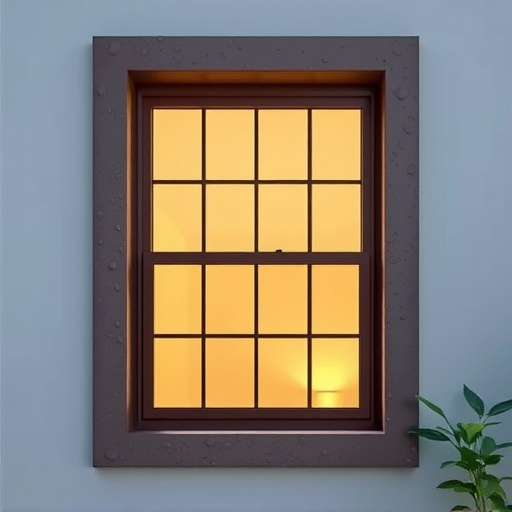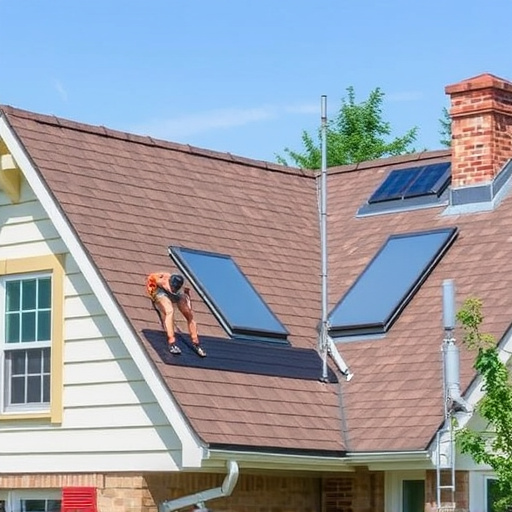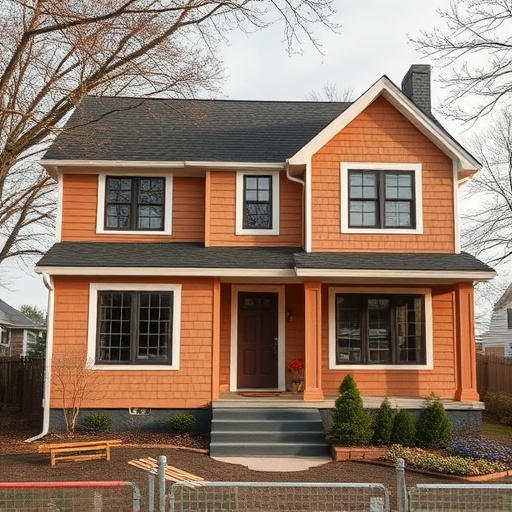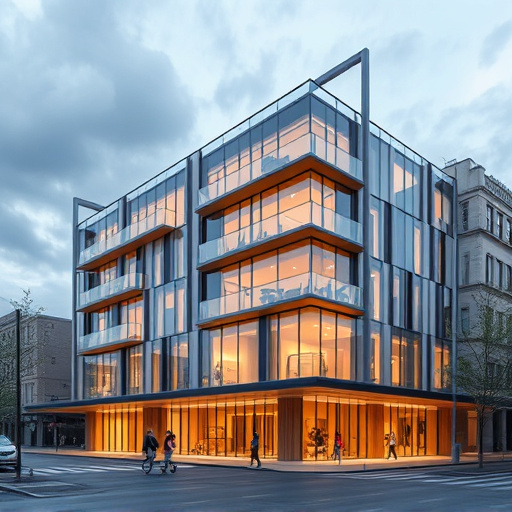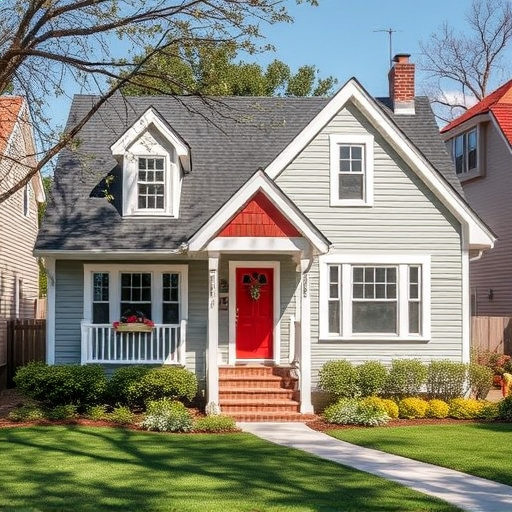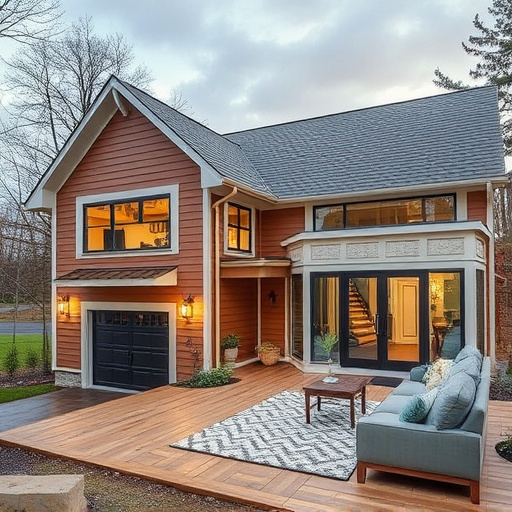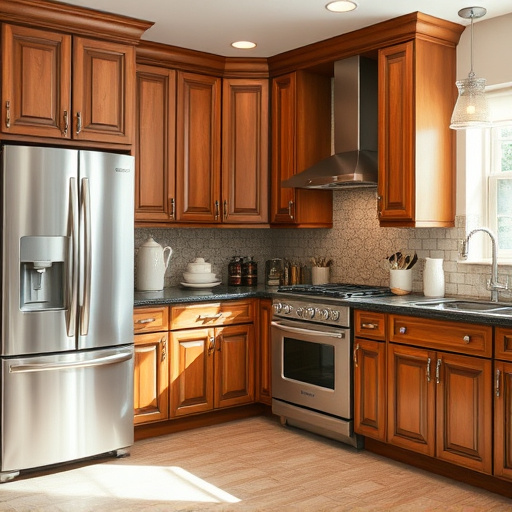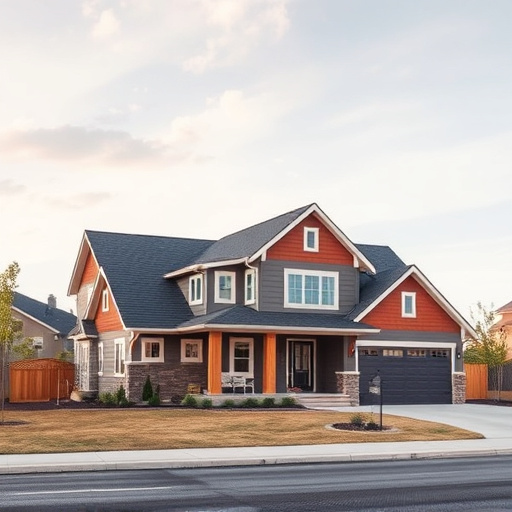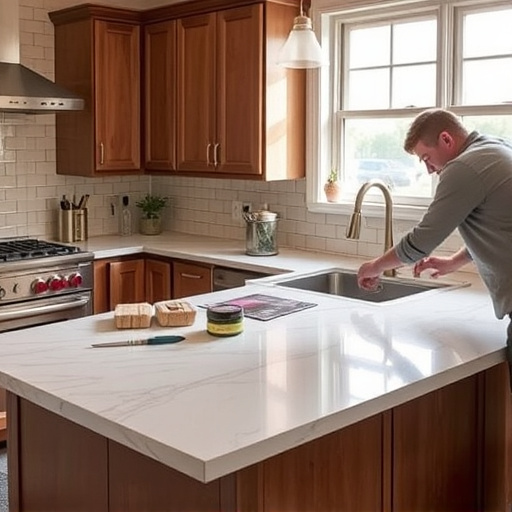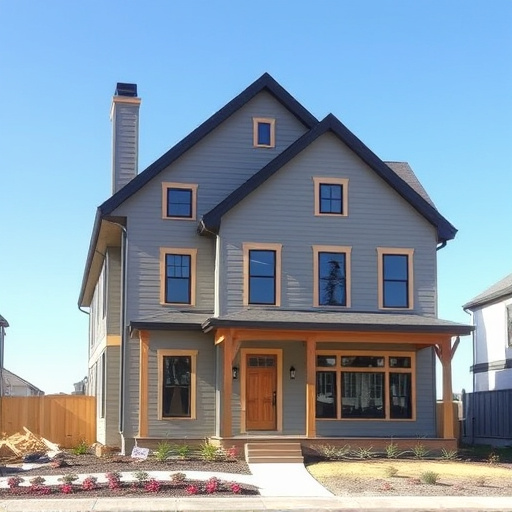Prioritizing accessibility and safety in commercial upgrades is crucial. Essential modifications include installing ramps, wider door frames, grab bars, low-pressure faucets, and sensory lights to meet Americans with Disabilities Act (ADA) standards. Regular inspections, staff training, and detailed records ensure ongoing compliance, enhancing accessibility for all visitors during and after the upgrade process.
“Enhancing accessibility and safety in commercial spaces is paramount, especially with strict ADA (Americans with Disabilities Act) compliance standards. This comprehensive guide navigates the essentials of ADA compliance during a commercial upgrade. We explore the critical updates required to meet these guidelines, ensuring inclusivity for all users. From understanding relevant standards to best practices post-upgrade, this article offers invaluable insights. Whether planning a renovation or construction, integrating these principles guarantees a compliant and welcoming environment for your business.”
- Understanding ADA Compliance Standards for Commercial Spaces
- Essential Upgrades to Ensure Accessibility and Safety
- Best Practices for Maintaining ADA Compliance Post-Upgrade
Understanding ADA Compliance Standards for Commercial Spaces
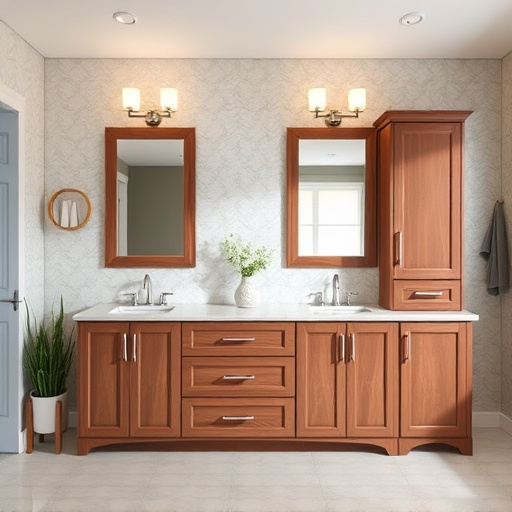
The Americans with Disabilities Act (ADA) compliance standards are crucial guidelines designed to ensure that commercial spaces are accessible and usable by everyone, including individuals with disabilities. These standards are essential for any commercial upgrade, as they promote inclusivity and equal opportunity for all visitors and employees. By adhering to ADA regulations, businesses can create functional spaces that cater to a diverse range of users.
When undertaking a commercial upgrade, whether it’s kitchen renovations or other renovation services, understanding these standards is vital. This includes ensuring proper lighting, clear pathways, and accessible entrances and exits. Additionally, features like ramp access, adequate color contrast, and accessible restrooms are key elements that contribute to a space’s overall compliance. Recognizing the need for such modifications during a renovation project is the first step towards making commercial spaces more welcoming and functional for everyone.
Essential Upgrades to Ensure Accessibility and Safety
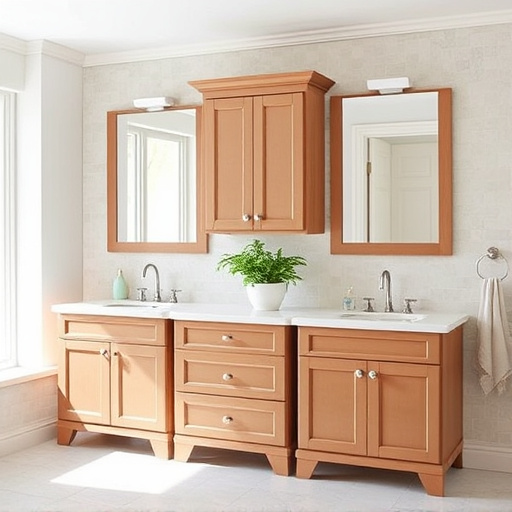
In any commercial upgrade, prioritizing accessibility and safety is paramount. Essential upgrades should focus on removing architectural barriers and ensuring compliance with the Americans with Disabilities Act (ADA). This includes modifications to entranceways, hallways, and restrooms to accommodate wheelchairs and other mobility aids. For instance, installing ramps instead of stairs or modifying door frames to allow wider passage are straightforward yet impactful changes.
Moreover, updating fixtures and appliances in areas like bathrooms is crucial for both accessibility and safety. This could involve installing grab bars in shower stalls and accessible toilets, as well as low-pressure faucets and sensory lights to cater to individuals with visual or motor impairments. In the context of a commercial space, these upgrades not only meet ADA requirements but also enhance overall user experience, making your property more inclusive and welcoming for all visitors, including those engaging in home renovation projects or considering exterior painting to refresh their spaces.
Best Practices for Maintaining ADA Compliance Post-Upgrade
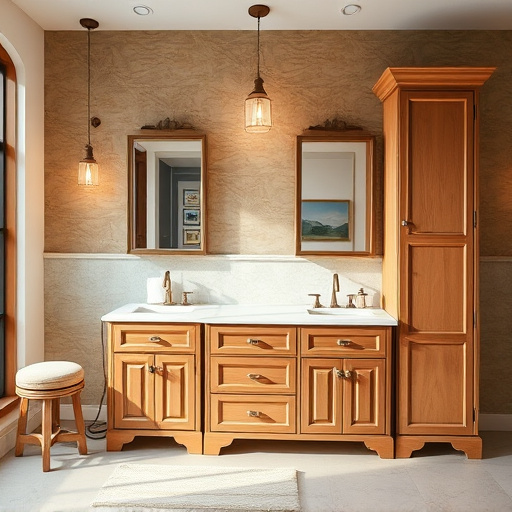
After completing a commercial upgrade, be it a bathroom renovation or a whole house remodel, maintaining ADA (Americans with Disabilities Act) compliance is crucial. Start by thoroughly reviewing all new features and amenities to ensure they meet ADA guidelines. This includes accessible routes of travel, sufficient clearances for wheelchairs, and proper placement of fixtures and hardware. Regular inspections are vital, especially after any future modifications or maintenance work, to identify potential non-compliance issues early on.
Implementing best practices involves training staff on ADA requirements and assigning a dedicated individual to oversee accessibility standards. Keeping detailed records of all upgrades and changes is essential for tracking compliance over time. Additionally, consider offering accommodations like elevated toilet seats, grab bars in bathrooms, and accessible kitchen appliances in areas like kitchens and baths to cater to the diverse needs of your customers or tenants.
When upgrading any commercial space, adhering to ADA compliance standards is not just a legal requirement but also a responsible step towards creating inclusive environments. By focusing on essential upgrades that enhance accessibility and safety, businesses can ensure they cater to all customers. Maintaining ADA compliance post-upgrade through best practices will guarantee these improvements are sustained, fostering an accessible and welcoming atmosphere for everyone.

